When word hit that the nationwide joblessness rate for September was 7.8 percent, with 114,000 new jobs created, you could almost hear a collective, if measured, sigh of relief. But as the United States dips below 8 percent unemployment for the first time in almost four years, one group is still stuck in the unemployment quagmire: Nearly 11 percent of Iraq and Afghanistan war Veterans were unemployed as of August, and among the 18-24 age group, the figure is closer to 1 in 4. That's right: Nearly 25 percent of our young Veterans are unemployed.
Our young Gulf war II-era Veterans are facing job woes more dire than the national population has faced at any point in this unemployment catastrophe, including in October 2009, when the U.S. rate of 10 percent hurled the country into crisis mode. But as the national joblessness rate begins to show signs of a rebound, the Veterans job crisis has gone unanswered: A bill that would have created jobs for our military personnel was recently killed in Congress, leaving the men and women who fought for America overseas to fight for jobs on American soil.
So what's a nation to do? Our collective goal should be to welcome our Veterans back into the workforce with empathy. The first step is to reverse the PTSD stigma that follows our Vets on every job interview and during every office interaction.
We've all heard stories about returning Veterans who snap and act violently when their PTSD flares up; each sound bite or headline normalizes these extreme cases in our nation's consciousness. With these stories shaping our view on PTSD, it's no surprise that in a 2010 Society for Human Resource Management poll, nearly half of the groups' members state that PTSD poses a hiring challenge.
To erase the stigma, Harvesting Happiness 4 Heroes has implemented its Return to Duty Corporate Training program. Through the program's one-day workshops, employers learn to communicate effectively with returning Vets. They receive crucial training on the physical and psychological challenges our warriors face, and gain the tools needed to help our Veterans apply their military skills in the workforce.
Steady jobs will renew our troops' self-worth, fulfill their sense of duty to society, and give them strong roots that will help them transition into civilian life. And the benefits go both ways: When employers look past the stigma and help Vets re-enter the workforce, they allow society to grow from our troops' skills, talents and desire to do good. If that's not a good hiring decision, I don't know what is.